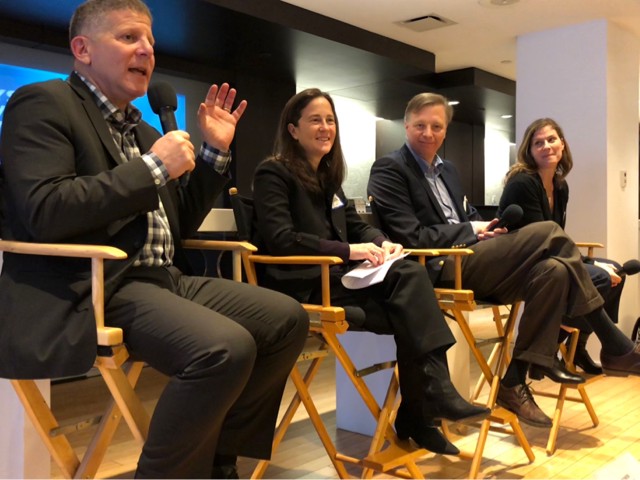There’s a lot of confusion around the term “impact investing.” A recent panel discussion in New York tried to clear it up.
https://medium.com/media/0f35431af3ca58a000dfdb54bb1ea33d/href
The fintech company Liquidnet hosted the panel,“Demystifying Impact Investing,” at its New York offices, in collaboration with the Tristate Area Africa Funders Network. Brian Trelstad of Bridges Fund Management set the stage, explaining impact investing has grown at the crossroads of two distinct traditions — philanthropy and responsible investing .
“It’s very different from grantmaking, because with grantmaking there’s no expectation of return of capital, at all,” Trelstad said. “The harder definition is, how is it different from a traditional private equity investment, where jobs are created? That’s where the ambiguity lives.”
Trelstad was joined on the panel by Georgia Levenson Keohane of the Pershing Square Foundation and Liz Luckett of TSEF (for The Social Entrepreneurs Fund). The panel was moderated by ImpactAlpha’s David Bank. We’ve condensed the conversation to share as part of ImpactAlpha’s Returns on Investing podcast.
At the intersection of the two fields, philanthropy is experimenting with whether investments in businesses and social enterprises can be effective or self-sustaining ways to deliver certain social and environmental outcomes than traditional grants to nonprofits.
https://medium.com/media/0f35431af3ca58a000dfdb54bb1ea33d/href
Responsible investing — looking at the underlying environmental, social, and governance characteristics of financial assets — is the other tradition. Asset owners increasingly are asking their advisors and banks for investment opportunities aligned to their values, in ways that “do less harm.”
Impact investing attempts to go beyond doing “less harm” to doing “more good,” by identifying opportunities to invest in new solutions to social and environmental challenges. If done well, impact investing can inject a design thinking / consumer feedback / market sensibility that typically is missing from most philanthropic efforts.
Luckett highlighted Clínicas del Azúcar, a Monterrey, Mexico network of clinics that does diabetes care, and capped the cost of care at $250 a year per patient. She said impact investors helped the founder expand prudently, while keeping costs down. Another TSEF portfolio company, Pigeonly, enables families to affordably make telephone calls and send photos, letters and greeting cards to those who are incarcerated.
“I think there is far more money that wants to get into impact investing from the private side,” Trelstad said. “The scale of that money dwarfs the amount of philanthropy money going into impact investing.”
https://medium.com/media/0f35431af3ca58a000dfdb54bb1ea33d/href
Disclosure: Liquidnet, through its Liquidnet Impact Fund, is an investor in ImpactAlpha Inc.











